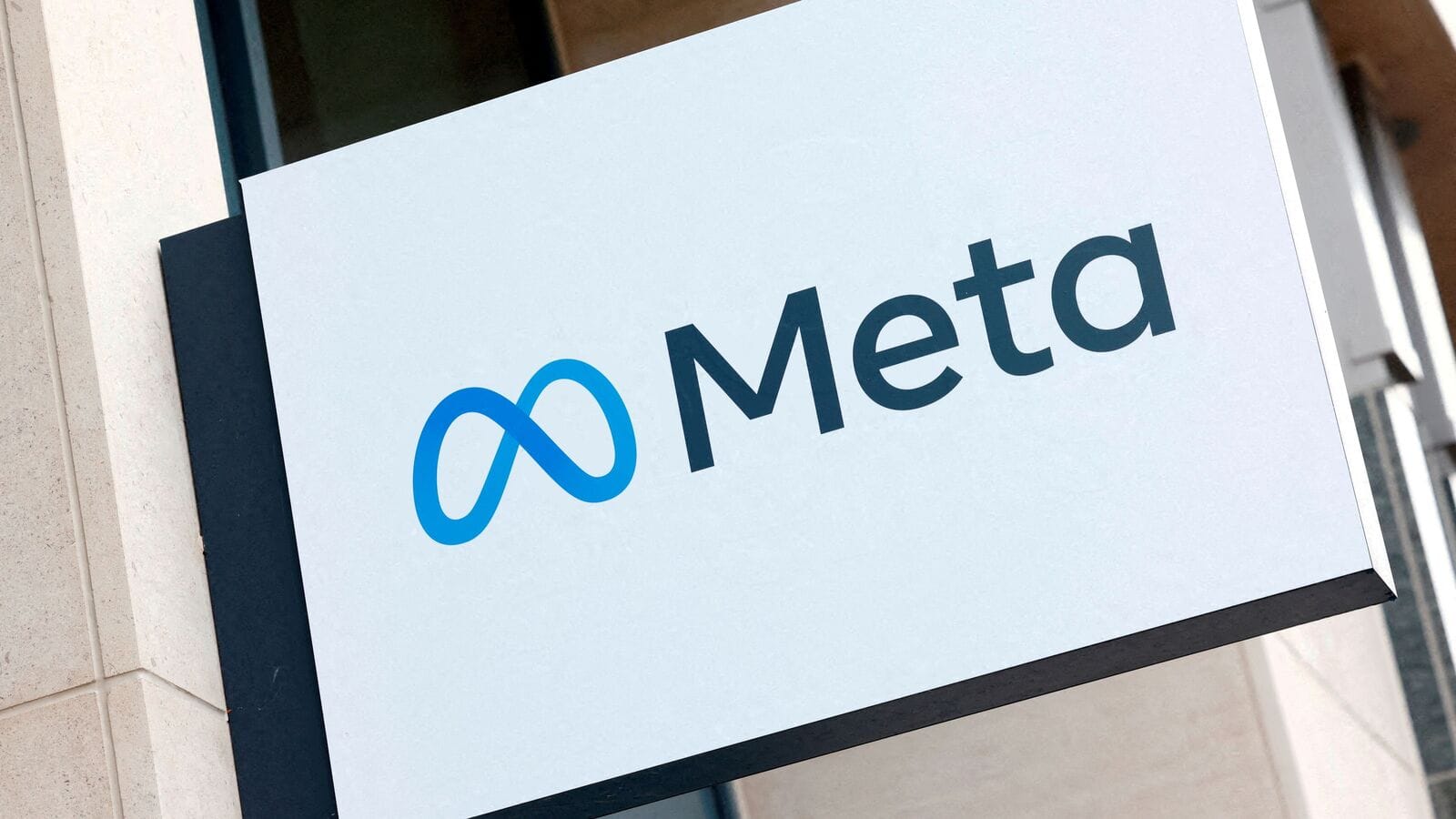Copyright esgnews

ENGIE and Meta extend their U.S. renewable power collaboration to more than 1.3 GW through new Power Purchase Agreements (PPAs).• The 600 MW Swenson Ranch Solar project in Texas will supply 100% of its output to Meta’s data centers from 2027.• The $900 million investment will create 350 construction jobs and generate $158 million in local tax revenues. Expanding a Strategic Energy Partnership ENGIE North America and Meta are deepening their renewable energy partnership with new Power Purchase Agreements that will expand their total contracted capacity to more than 1.3 gigawatts (GW) across four projects in Texas. The new agreements center on ENGIE’s 600 MW Swenson Ranch Solar project in Stonewall County, located southeast of Lubbock, which will become the largest single asset in ENGIE’s North American renewable portfolio. Set to begin operations in 2027, the Swenson project will supply all of its output to Meta, powering the technology company’s growing network of U.S. data centers with renewable electricity. ENGIE, which currently operates and builds over 11 GW of solar, wind, and battery storage assets across North America, said the partnership reflects a growing demand from corporate buyers for large-scale, reliable clean energy contracts. Financing and Local Economic Benefits The Swenson Ranch Solar project represents a $900 million investment by ENGIE. During construction, the project will employ more than 350 skilled workers, generating significant economic activity in rural Texas. Over its lifetime, Swenson is expected to contribute more than $158 million in tax revenue to Stonewall County and its local hospital district. “This project demonstrates the importance of solar to meet the timely needs of our customers,” said Dave Carroll, CEO and Chief Renewables Officer of ENGIE North America. “Our objective is to bring reliable, cost-competitive power to the grid as rapidly as possible, and we’re proud to continue our collaboration with Meta.” Meta’s Clean Energy Commitments Meta, the parent company of Facebook, Instagram, and WhatsApp, has made renewable energy procurement a central pillar of its decarbonization strategy. Since 2020, the company has achieved net-zero emissions across its global operations and matches 100% of its electricity use with renewable energy through long-term PPAs. The new agreement with ENGIE strengthens Meta’s position among the largest corporate clean energy buyers in the world. “We are thrilled to bring an additional 600 MW of solar energy to the grid and expand our partnership with ENGIE,” said Urvi Parekh, Head of Global Energy at Meta. “Our collaboration enables us to continue matching 100% of our electricity use with clean and renewable energy to support our data center operations.” The Broader Energy Transition Context Corporate procurement has become a critical driver of renewable energy growth in the United States. According to BloombergNEF, corporate clean power purchases in the U.S. exceeded 20 GW in 2023, reflecting continued momentum from technology firms with large operational footprints. Projects like Swenson illustrate how digital infrastructure growth and energy transition goals are increasingly intertwined. Data centers are among the most energy-intensive commercial facilities globally, and their demand for reliable clean power is accelerating investment in utility-scale renewables. For ENGIE, the agreement also reinforces its position as one of North America’s leading independent renewable power producers. The French energy group has made decarbonization a strategic priority, with a goal of developing 50 GW of renewable capacity worldwide by 2025. RELATED ARTICLE: Meta Replaces Steel, Concrete with Mass Timber for Sustainable Data Center Construction Implications for Investors and Policymakers For investors, the ENGIE–Meta expansion highlights both the commercial viability and policy relevance of long-term PPAs in advancing U.S. decarbonization targets. Such contracts provide revenue stability for developers while helping corporations achieve science-based emissions goals aligned with the Paris Agreement. The project also advances regional energy security objectives by diversifying Texas’ grid, which remains dominated by natural gas. As state and federal authorities push for greater grid resilience, large-scale renewable investments like Swenson may play a central role in balancing energy supply and mitigating future power shortages. A Model for Large-Scale Corporate Procurement The Swenson Ranch Solar deal represents a broader shift toward integrated corporate energy partnerships that combine sustainability, financial certainty, and regional impact. It reflects how global tech companies are leveraging their energy consumption profiles to drive system-wide change—turning decarbonization from a compliance exercise into a strategic advantage. As the U.S. clean power market continues to scale, ENGIE and Meta’s 1.3 GW collaboration offers a template for how private-sector demand can accelerate the energy transition while generating tangible community and economic benefits. Follow ESG News on LinkedIn



